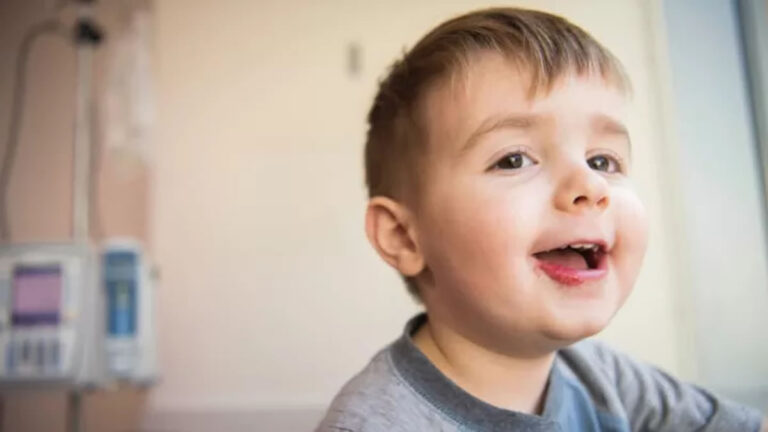Cannabidiol (CBD), a substance derived from the cannabis plant, has garnered significant attention for its potential therapeutic applications. While some studies suggest that CBD may help prevent seizures and reduce anxiety, the question of its suitability for children remains a complex and often controversial topic. In this comprehensive guide, we will delve into the current understanding of CBD's effects on children, the risks and benefits associated with its use, and the essential considerations for parents and caregivers contemplating CBD as a treatment option.
Understanding the Difference Between CBD and THC
Before discussing the suitability of CBD for children, it is crucial to distinguish between CBD and tetrahydrocannabinol (THC), another well-known compound found in the cannabis plant. While THC is responsible for the psychoactive "high" associated with cannabis use, CBD does not produce this effect. This distinction is essential when considering the potential use of CBD in pediatric patients, as the presence of THC in any treatment raises significant concerns about its impact on a child's developing brain.
The Current State of CBD Research in Children
The scientific community has begun to investigate the potential therapeutic benefits of CBD in children, focusing primarily on its use in treating specific medical conditions. One of the most well-studied applications is in the management of seizures related to rare and severe forms of epilepsy, such as Lennox-Gastaut syndrome and Dravet syndrome.
In 2018, the Food and Drug Administration (FDA) approved Epidiolex, a CBD-based medication, for the treatment of seizures in children aged two years and older with these specific epileptic disorders. This approval marked a significant milestone in the recognition of CBD's potential medicinal value, but it is important to note that Epidiolex is a highly purified, pharmaceutical-grade CBD product that has undergone rigorous clinical testing and is prescribed under medical supervision.
Recent studies have also explored the potential of CBD in managing symptoms associated with autism spectrum disorder (ASD). A 2021 study found that a combination of CBD and trace amounts of THC could help improve behavioral problems, language expression, cognitive function, and social interaction in children with ASD. However, it is essential to approach these findings with caution, as the study lacked a control group, and the observed improvements may not be solely attributable to CBD.
Risks and Concerns Surrounding CBD Use in Children
Despite the promising results of some studies, the long-term effects of CBD on children's developing brains and bodies remain largely unknown. This lack of comprehensive, long-term data is a primary reason why many health experts advise against giving CBD to children unless under the guidance of a medical professional.
Another significant concern is the lack of regulation in the CBD market. Outside of the clinical environment, CBD products do not undergo the same rigorous testing and oversight as pharmaceutical drugs. This lack of regulation raises the risk of CBD products containing harmful contaminants or inaccurate dosage information, which could pose serious health risks to children.
Furthermore, CBD can interact with other medications, potentially altering their effectiveness or causing adverse side effects. This risk underscores the importance of consulting with a healthcare provider before administering CBD to a child, especially if the child is taking other medications.
Choosing a CBD Product for Children
If a doctor recommends CBD as a treatment option for a child, parents and caregivers must exercise extreme caution when selecting a product. It is essential to choose a reputable brand that adheres to strict manufacturing guidelines and provides transparent information about its products.
Some key factors to consider when choosing a CBD product include:
- Consulting with healthcare professionals who have experience with CBD and can provide guidance on reputable brands and appropriate dosages.
- Researching the manufacturing process to ensure that the CBD is derived from organically grown, pesticide-free cannabis plants.
- Verifying that the product has undergone third-party testing and has a certificate of analysis (COA) from a recognized organization, such as the Association of Official Agricultural Chemists, American Herbal Pharmacopoeia, or United States Pharmacopeia.
It is crucial to remember that even if a product meets these criteria, it should only be administered to a child under the guidance of a medical professional.
The Future of CBD Research and Regulation
As interest in the potential therapeutic benefits of CBD continues to grow, it is likely that we will see an increase in research focused on its use in pediatric populations. However, until more comprehensive, long-term studies are conducted, the safety and efficacy of CBD for children will remain a topic of debate and uncertainty.
In the meantime, regulatory bodies like the FDA must work to establish clear guidelines for the manufacturing, labeling, and marketing of CBD products to ensure that consumers, particularly parents and caregivers, can make informed decisions about their use.
Conclusion
The decision to give CBD to a child is a complex and deeply personal one that should be made in close consultation with a qualified healthcare provider. While some studies suggest that CBD may have therapeutic potential for certain pediatric conditions, the lack of long-term safety data and the absence of strict regulatory oversight in the CBD market underscore the need for extreme caution.
As research into the effects of CBD on children continues to evolve, parents and caregivers must stay informed about the latest scientific findings and work closely with medical professionals to determine whether CBD is an appropriate treatment option for their child's specific needs. By prioritizing the safety and well-being of children and advocating for more rigorous research and regulation, we can work towards a better understanding of CBD's potential benefits and risks in pediatric populations.


